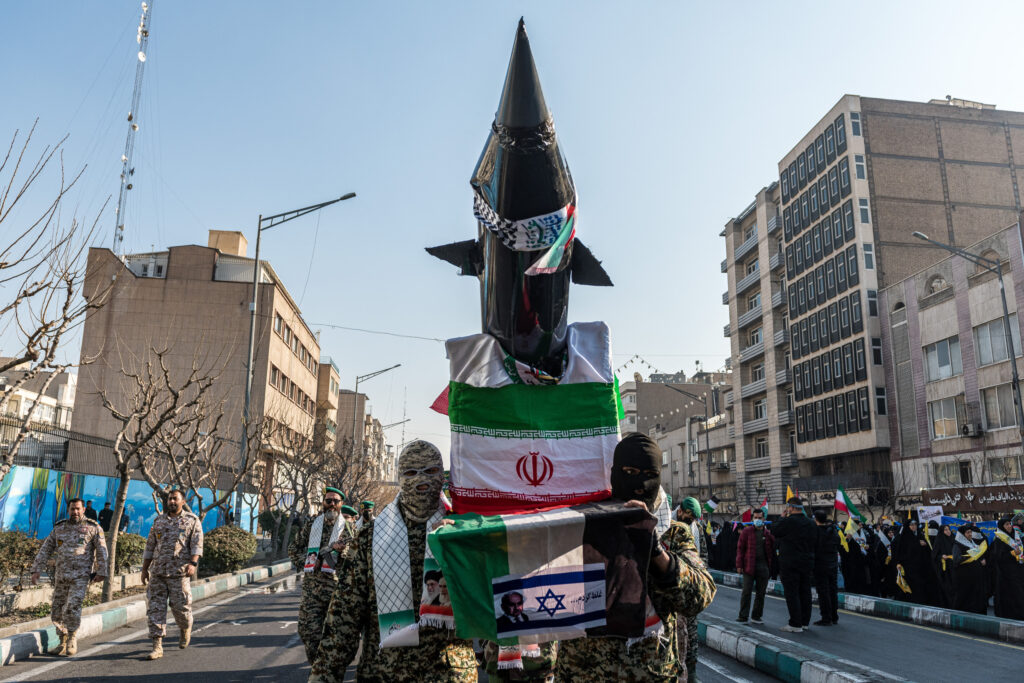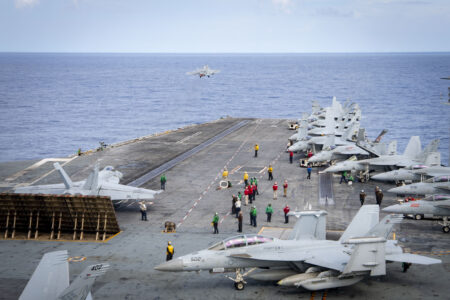The climate surrounding Iran’s nuclear program has grown increasingly unstable in recent weeks, marked by rising military activity, diplomatic setbacks, and renewed threat of escalation.
Regional powers are heightening their defense postures, international actors are repositioning personnel, and longstanding negotiation efforts appear to be faltering. With tensions mounting and flashpoints multiplying, the standoff is entering one of its most precarious phases in years.
Why It Matters
The threat of war with Iran is not only theoretical. Israeli officials have repeatedly warned that Tehran’s nuclear ambitions and regional aggression leave little choice but to consider military action, with some commanders openly discussing preemptive strikes on Iran’s nuclear sites. A military confrontation could collapse existing diplomatic frameworks, disrupt global oil markets, and unleash a cascade of regional proxy conflicts with unpredictable consequences across the Middle East and beyond.
Here are five signs that such a confrontation may be closer than ever:
1. Israel on High Alert
Israeli military officials say they have finalized contingency plans for a precision strike on Iran’s nuclear facilities, coordinating intelligence with U.S. counterparts as the Israel Defense Forces (IDF) boost air and missile defense readiness. Recent Israeli air force drills—including F-15 and F-35 sorties and Boeing 707 refueling exercises off the coast—simulate long-range strike missions targeting Iran. Prime Minister Benjamin Netanyahu has emphasized Israel’s stance, declaring that Iran’s “entire nuclear program must go,” signaling that a military option remains on the table if diplomacy fails.
2. U.S. Evacuations Ramp Up
In response to these developments and rising regional tensions, the U.S. State Department has ordered nonessential personnel to leave diplomatic missions in Iraq, Kuwait, and Bahrain—moves typically reserved for imminent threat scenarios. Simultaneously, satellite imagery reveals a significant U.S. military buildup at the Diego Garcia base in the Indian Ocean, including B-52 bombers and F‑15 fighters, positioning forces within rapid-strike range of Iran and its proxies. This coordinated posture reflects a delicate balance: protecting personnel while preparing for possible military action if deterrence fails.
3. Nuclear Compliance Crisis
On Thursday, the International Atomic Energy Agency (IAEA) passed a resolution, formally declaring Iran non‑compliant with its nuclear safeguards obligations—the first such finding in nearly two decades. The resolution, backed by 19 votes including the U.S., U.K., France, and Germany, cited Iran’s failure to explain uranium traces at undeclared sites and continued obstruction of inspections. In response, Iran’s Foreign Ministry has announced plans to establish a new, high-security uranium enrichment facility at an undisclosed location and replace first-generation centrifuges at the Fordow site with advanced models—steps intended to “significantly increase” the country’s enrichment capacity and signal a bold escalation of its nuclear program.
4. Iran’s Missile Modernization
Iran is rapidly advancing its missile arsenal as part of a sweeping military modernization effort aimed at deterring U.S. and Israeli attacks. This past week, Iran test-fired an advanced missile with a two-ton warhead, which Defense Minister Aziz Nasirzadeh described as “a new achievement in its military capabilities” and “part of … broader efforts to enhance its military readiness and defense power amid ongoing regional tensions.” Iran also sources critical missile-fuel chemicals—such as ammonium perchlorate—from China, importing thousands of tons in recent months.
5. Breakdown of Nuclear Talks
A potential sixth round of U.S.–Iran nuclear talks is scheduled for Sunday in Oman, but diplomats have warned that Tehran’s insistence on retaining uranium enrichment capacity while the United States demands that it stops could derail any agreement. With neither side willing to compromise, the collapse of negotiations would leave military escalation as the only remaining path. This week, President Donald Trump acknowledged he is “less confident” a deal will be reached, noting that Iran has become “much more aggressive” in its negotiating stance..” This public display of skepticism highlights how far apart the two sides remain—even as the clock ticks down to the Oman summit.
What Happens Next
The success or failure of Sunday’s nuclear negotiations in Oman could be critical in determining whether war is averted or accelerated. With military assets already repositioning and diplomatic patience nearing its limit, the coming days may set the stage for either a breakthrough or a clash.
Read the full article here

















